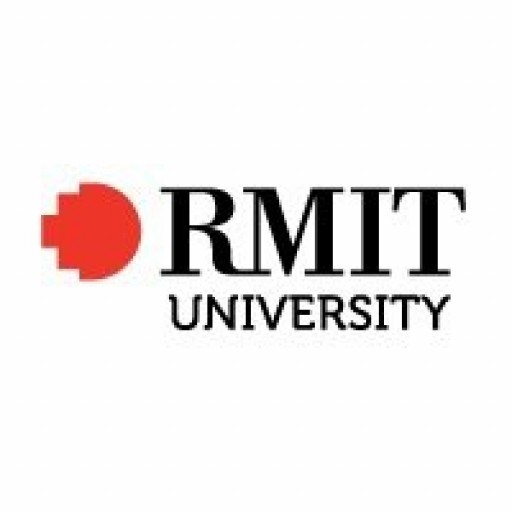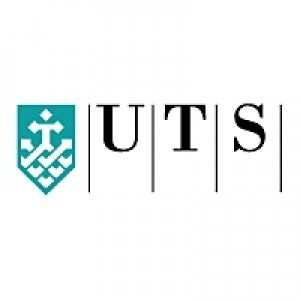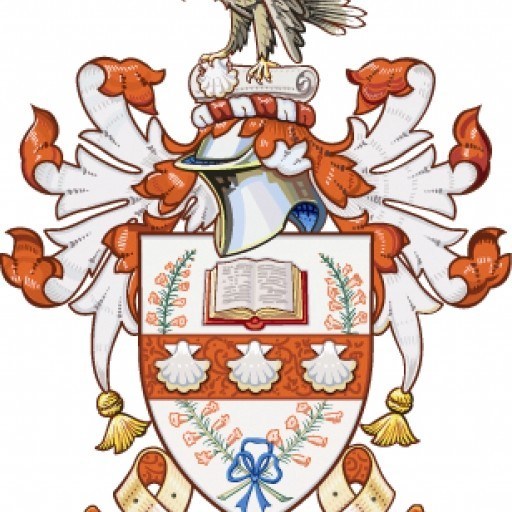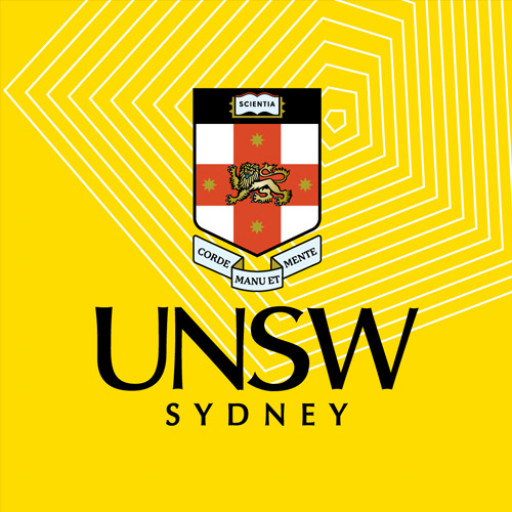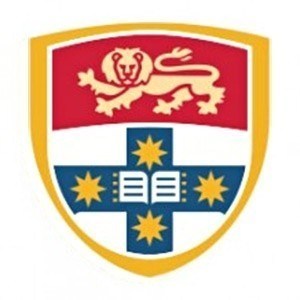Photos of university / #rmituniversity
The Bachelor of Disaster, Design and Development at RMIT University offers students a comprehensive education that combines principles of disaster resilience, innovative design, and sustainable development. This program prepares graduates to address complex global challenges such as climate change, natural and human-made disasters, urbanization, and socio-economic inequalities. Throughout the course, students engage with interdisciplinary approaches that integrate environmental sciences, urban planning, creative design, and community development strategies. The curriculum emphasizes real-world applications, critical thinking, and collaborative problem-solving, equipping students with the skills needed to design responsive and resilient solutions for communities at risk. Students will learn about disaster risk reduction, emergency management, sustainable infrastructure design, and social innovation, gaining valuable insights into creating safer and more sustainable living environments. The program fosters a deep understanding of the social, cultural, and economic factors that influence development and disaster resilience, emphasizing ethical considerations and inclusive practices. Students will have opportunities for hands-on learning through industry projects, internships, and fieldwork, allowing them to apply theoretical knowledge to practical scenarios. Graduates of this program are prepared for diverse careers in government agencies, NGOs, international organizations, urban planning firms, and sustainable development consultancies. They will be equipped to contribute to policy development, community engagement, disaster response planning, and the design of sustainable urban environments. By integrating design thinking with disaster management strategies, the program aims to cultivate innovative leaders committed to building resilient societies and fostering sustainable development worldwide. This multidisciplinary approach ensures that graduates are well-positioned to make meaningful impacts in addressing some of the most pressing issues faced by communities today.
The Bachelor of Disaster, Design and Development at RMIT University offers students a comprehensive and multidisciplinary education designed to prepare graduates for addressing complex challenges related to disaster management, sustainable design, and community development. This innovative program integrates principles of disaster risk reduction, innovative design solutions, and development strategies to equip students with the skills needed to create resilient and sustainable environments. Throughout their studies, students explore the social, economic, and environmental dimensions of development, gaining an understanding of how to effectively plan, design, and implement programs that promote community resilience and sustainable growth.
The curriculum is structured to provide a blend of theoretical knowledge and practical skills. Students will engage with topics such as hazard and risk assessment, emergency management, urban planning, environmental design, and community engagement. Emphasizing real-world application, the program incorporates project work, case studies, and internships that allow students to apply their learning in practical settings. This hands-on approach ensures graduates are prepared to work in diverse sectors, including government agencies, NGOs, urban and regional planning firms, environmental organizations, and international development agencies.
A key aspect of the program is fostering innovative and creative thinking to develop solutions that are socially inclusive, environmentally sustainable, and economically viable. Students learn to analyze complex problems from multiple perspectives, collaborate with multidisciplinary teams, and communicate effectively with stakeholders. The program also emphasizes ethical considerations, community participation, and culturally sensitive approaches, ensuring graduates are capable of making a positive impact in various global contexts.
By the end of their studies, students will have developed a robust portfolio of projects demonstrating their capacity to design and implement practical solutions for disaster risk reduction and sustainable development. Graduates will be well-equipped to pursue careers in disaster resilience planning, sustainable urban development, environmental consultancy, or further academic research. The Bachelor of Disaster, Design and Development at RMIT prepares students not only to respond to current challenges but also to become leaders in creating resilient, innovative, and sustainable communities worldwide.
Successfully completed an Australian bachelor level (or equivalent international qualification) displaying knowledge and skills in Design, Built Environment, Project Management, Engineering, Social Sciences, Communication or Health.
The Faculty of Design at the Royal Melbourne Institute of Technology (RMIT) offers diverse financing options for students enrolled in the Disaster, Design and Development program. International students are encouraged to explore scholarships, grants, and financial aid packages that can significantly reduce the total cost of their studies. RMIT provides a variety of scholarships dedicated to students pursuing degrees in design, development, and related fields, including merit-based scholarships, industry partner scholarships, and regional scholarships. These scholarships are awarded based on academic achievement, portfolio quality, or financial need, and many are available specifically for international students to support their educational ambitions.
In addition to scholarships, RMIT offers tuition payment plans that enable students to finance their education through manageable installments over the course duration. These plans help students budget effectively without the burden of paying a lump sum upfront. Students may also access government-funded loans, where applicable, to assist with tuition and living expenses, particularly for domestic students. RMIT has partnerships with financial institutions that provide student loans and credit facilities, allowing students to plan their finances better.
Students are advised to consider the costs associated with studying abroad, including tuition fees, health insurance, accommodation, and living expenses. Detailed information about tuition fees per semester or year, including potential increases, can typically be found on the university’s official website. Additionally, students are encouraged to seek external scholarships and financial aid programs provided by governments, private foundations, or international organizations focused on supporting students in developing countries or from underrepresented backgrounds.
RMIT also provides financial counseling and advisory services to help students navigate their funding options effectively. Prospective and current students should regularly check the university’s official communications for updates on new scholarships, funding opportunities, and changes to fee structures. Overall, the university aims to make education accessible through comprehensive financial support mechanisms, ensuring that talented students can pursue their studies in Disaster, Design and Development without undue financial hardship.
The Bachelor of Disaster, Design and Development at RMIT University is an innovative program that combines interdisciplinary approaches to prepare students for careers in disaster management, sustainable development, and design solutions addressing global challenges. This program emphasizes the development of analytical skills, creative thinking, and practical expertise essential for effective intervention and sustainable development initiatives. Students engage in a curriculum that integrates concepts from environmental science, urban planning, engineering, and social sciences, fostering a comprehensive understanding of disaster risk reduction, resilience building, and community engagement. The program includes coursework on disaster risk assessment, emergency management, climate change adaptation, inclusive design, and sustainable development principles. Practical experience is emphasized through industry placements, project-based learning, and collaborations with professional organizations, enabling students to apply theoretical knowledge to real-world problems. RMIT’s state-of-the-art facilities, research centers, and strong industry links provide students with valuable networking opportunities and innovative resources. Graduates of this program are equipped to work in government agencies, non-governmental organizations, urban planning firms, and international development agencies, addressing issues related to disaster resilience, environmental protection, and sustainable community development. The program aims to produce graduates who are not only technically proficient but also socially responsible and capable of leading change in complex and dynamic environments. Students are encouraged to participate in internships and research projects that enhance their practical skills and professional readiness. The program’s flexible structure allows students to tailor their studies according to their interests, with options to focus on specific areas such as urban disaster resilience, climate adaptation strategies, or community development. Overall, the Bachelor of Disaster, Design and Development prepares students to contribute meaningfully to creating safer, more resilient, and sustainable communities globally.
